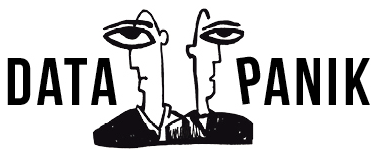“Face recognition may seem convenient and useful,
but is actually a deeply flawed technology that exposes
people to constant scrutiny by the government.”
Original @ Electronic Frontier Foundation –
In the current moment, governments may be tempted to funnel scarce public health resources into the use of face recognition to curtail the spread of COVID-19. Public health crises, especially a global pandemic, may require extraordinary measures in favor of the public good—but invasive face surveillance is not in the public’s interest.
This approach could involve building new infrastructure to conduct more face surveillance and large government contracts with some of the most nefarious surveillance technology vendors in the world. Companies like Clearview AI, which uses over two billion face images scraped from social media to track individuals and identify them with real-time face surveillance, are already in talks with agencies to provide assistance. Even as civil liberties groups call for a national ban on government use of face recognition, U.S. Customs and Border Protection is currently touting face recognition at airport check-ins as supposedly more hygienic than other screening.
The massive infrastructure required to run face recognition (such as cameras, software, and open-ended contracts with vendors) cannot be easily dismantled when the public health crisis is over. We cannot allow law enforcement and other government officials to normalize this invasive tactic. We know the truth about this spy tech: face recognition may seem convenient and useful, but is actually a deeply flawed technology that exposes people to constant scrutiny by the government, and has the potential to chill free speech and movement by identifying and tracking people as they visit their doctors, lawyers, houses of worship, or political demonstrations. It also can generate inaccurate reports.
It is all too likely that any new use of face surveillance to contain covid-19 would long outlive the public health emergency. In a year, systems that were put in place to track infected individuals as they moved through a city could be re-deployed to track people as they walk away from a political demonstration or their immigration attorney’s office. Face recognition software that is able to identify people even when they’re wearing surgical masks, as the company Hanwang has developed, could also be used to identify people who obscure their face at political protests out of fear of retribution from the government. We have to consider the afterlives of these technologies and the way their use can creep into everyday life after the emergency is over.
Original @ Electronic Frontier Foundation

